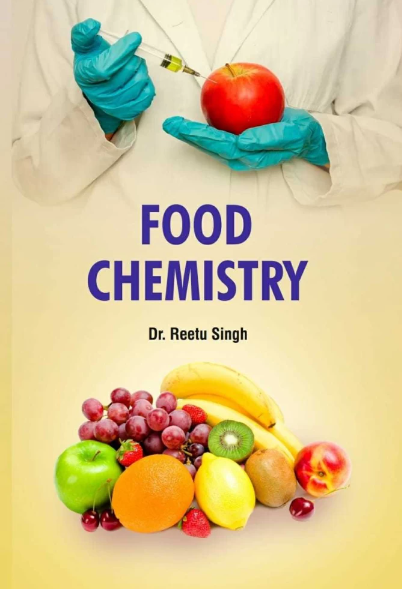Elucidating microbial succession dynamics and flavor metabolite formation in korean style spicy cabbage fermentation: Integration of flavoromics, amplicon sequencing, and metagenomics
IF 8.5
1区 农林科学
Q1 CHEMISTRY, APPLIED
引用次数: 0
Abstract
Korean style spicy cabbage (KSC) is a prominent fermented vegetable consumed globally. Nevertheless, microbial succession dynamics, interactions, and flavor-core microbiome correlations lack comprehensive understanding. Metabolomics revealed eight taste-active compounds and sixteen aroma-active compounds as key flavor determinants throughout fermentation. Amplicon sequencing elucidated dynamic shifts in bacterial and fungal community structures during KSC fermentation, with subsequent analyses identifying free sugars as the primary drivers of microbial succession. Spearman correlation analysis further identified Psychrobacter, Latilactobacillus, Weissella, Pseudomonas, Rothia, Candida, Vishniacozyma, Kazachstania, and Cutaneotrichosporon as core microbes driving the formation of characteristic flavor metabolites in KSC. Through metagenomic analysis, we reconstructed the metabolic network underlying the formation of characteristic flavor compounds. Our study elucidates microbial diversity dynamics and flavor metabolite formation during KSC fermentation, offering actionable insights for identifying critical fermentation phases and optimizing inoculated starter culture.

韩式辣白菜发酵过程中微生物演替动态和风味代谢物形成:风味组学、扩增子测序和宏基因组学的整合
韩式辣白菜(KSC)是一种享誉全球的发酵蔬菜。然而,微生物演替动力学、相互作用和风味核心微生物组相关性缺乏全面的认识。代谢组学揭示了8种味觉活性化合物和16种香气活性化合物在发酵过程中是关键的风味决定因素。扩增子测序揭示了KSC发酵过程中细菌和真菌群落结构的动态变化,随后的分析确定游离糖是微生物演替的主要驱动因素。Spearman相关分析进一步确定了Psychrobacter、Latilactobacillus、Weissella、Pseudomonas、Rothia、Candida、Vishniacozyma、Kazachstania和cutanetrichosporon是驱动KSC特征风味代谢物形成的核心微生物。通过宏基因组分析,我们重建了形成特色风味化合物的代谢网络。我们的研究阐明了KSC发酵过程中微生物多样性动态和风味代谢物的形成,为确定关键发酵阶段和优化接种发酵剂提供了可行的见解。
本文章由计算机程序翻译,如有差异,请以英文原文为准。
求助全文
约1分钟内获得全文
求助全文
来源期刊

Food Chemistry
工程技术-食品科技
CiteScore
16.30
自引率
10.20%
发文量
3130
审稿时长
122 days
期刊介绍:
Food Chemistry publishes original research papers dealing with the advancement of the chemistry and biochemistry of foods or the analytical methods/ approach used. All papers should focus on the novelty of the research carried out.
 求助内容:
求助内容: 应助结果提醒方式:
应助结果提醒方式:


